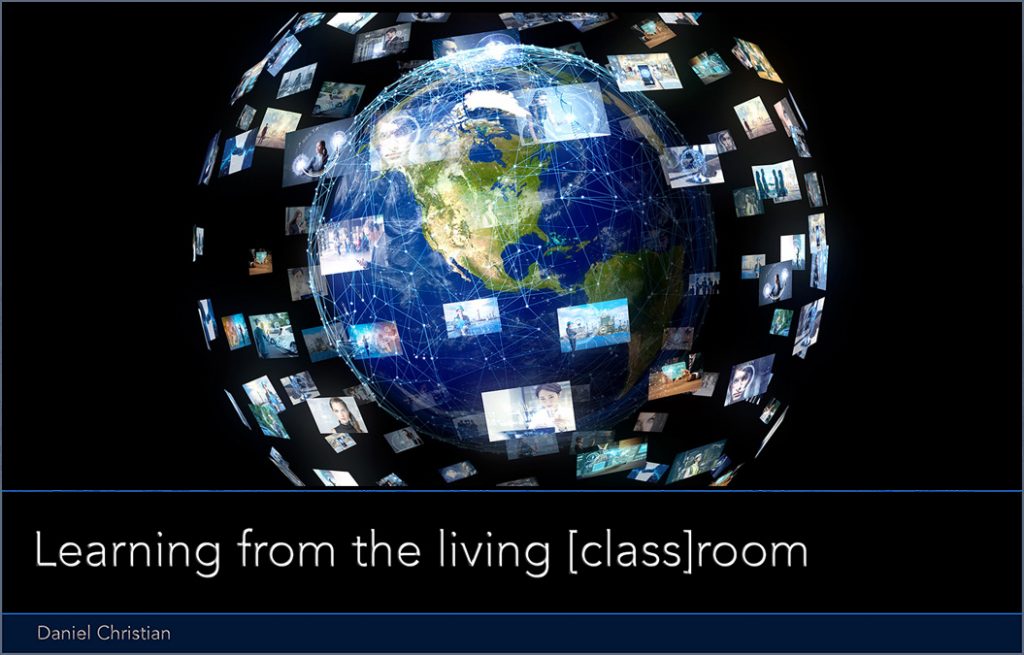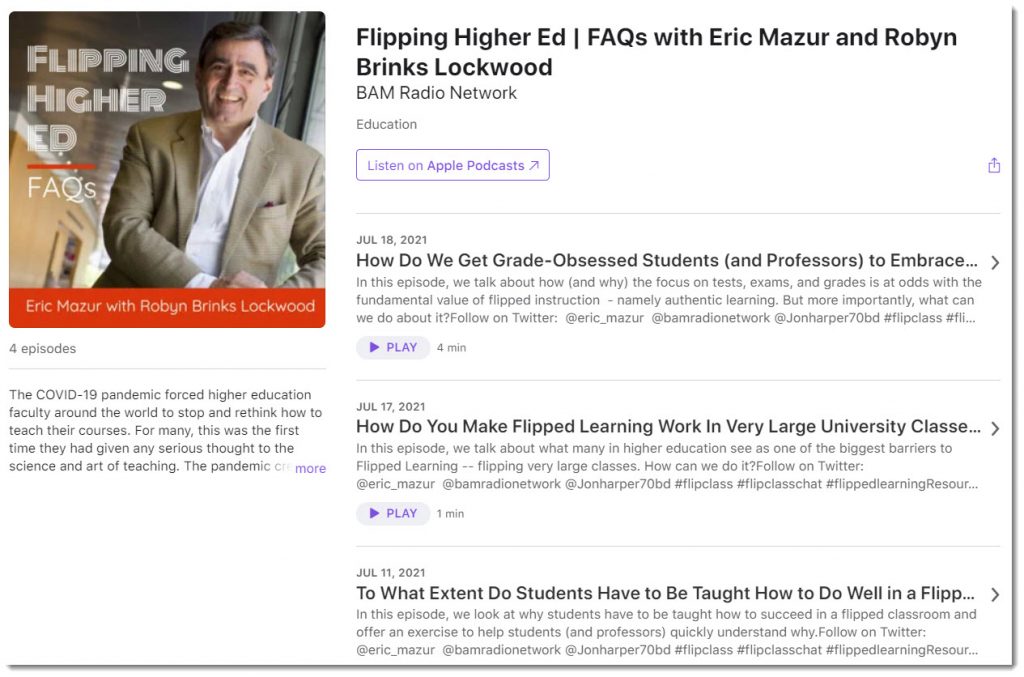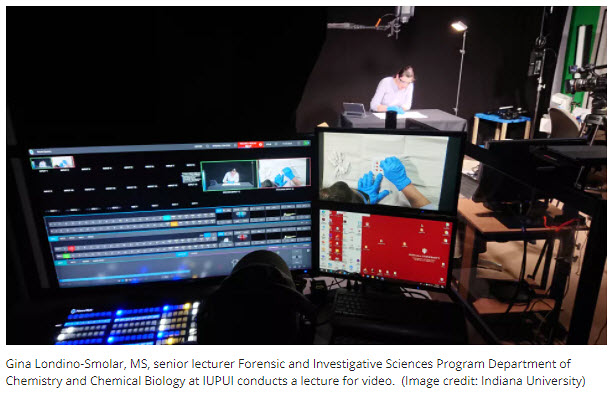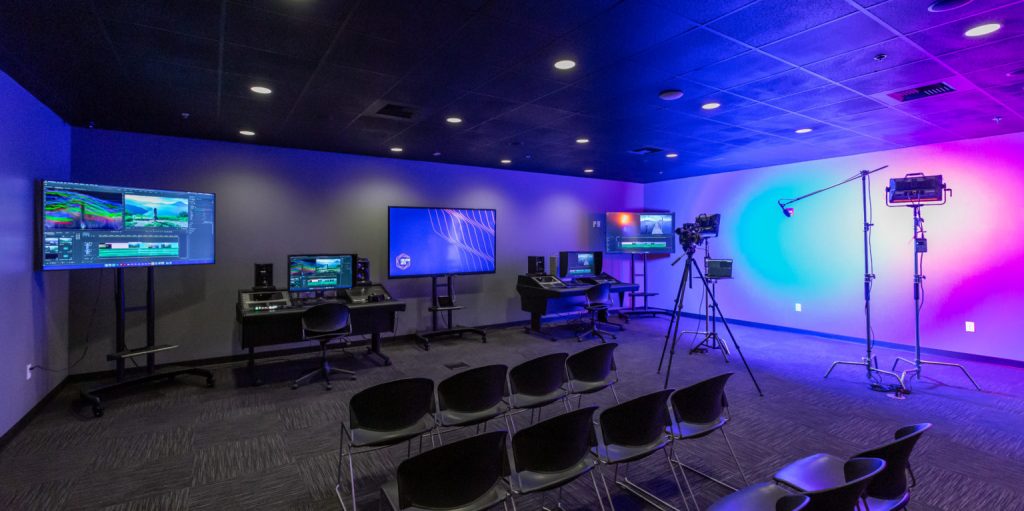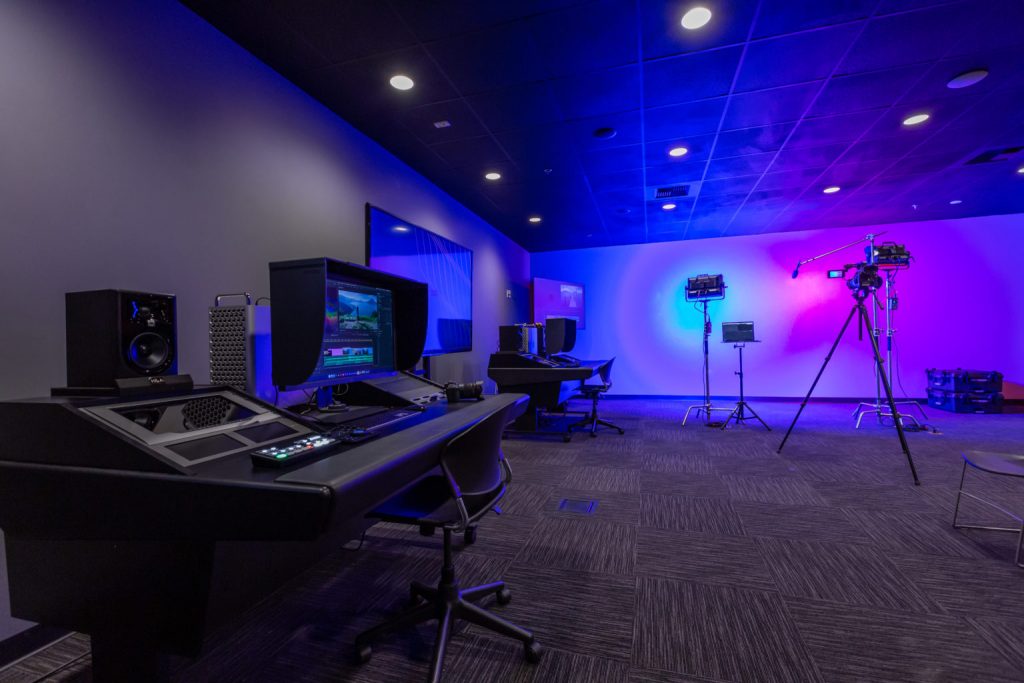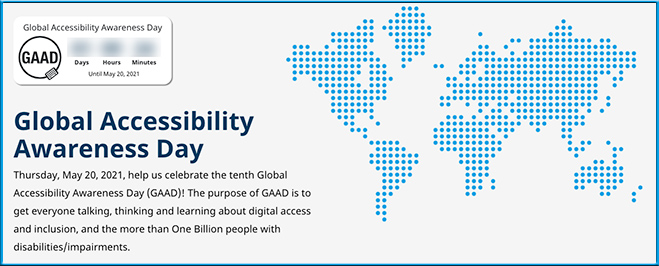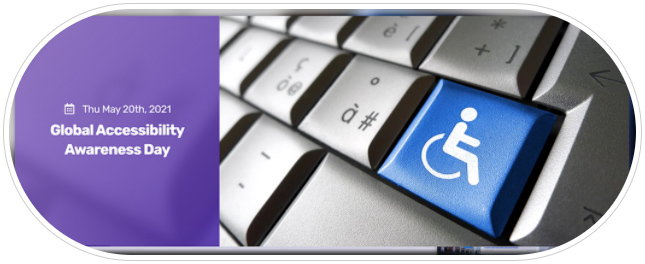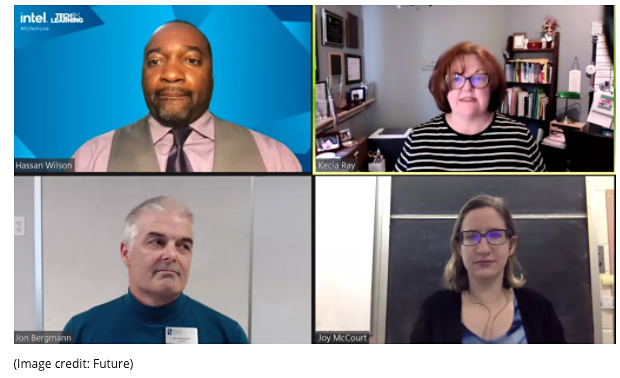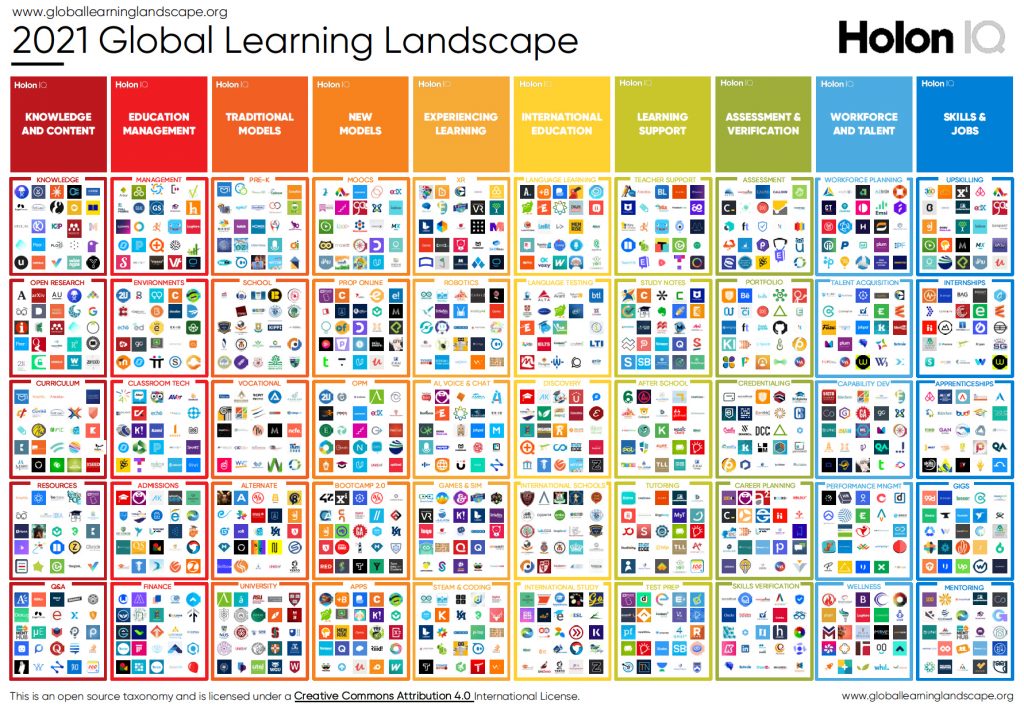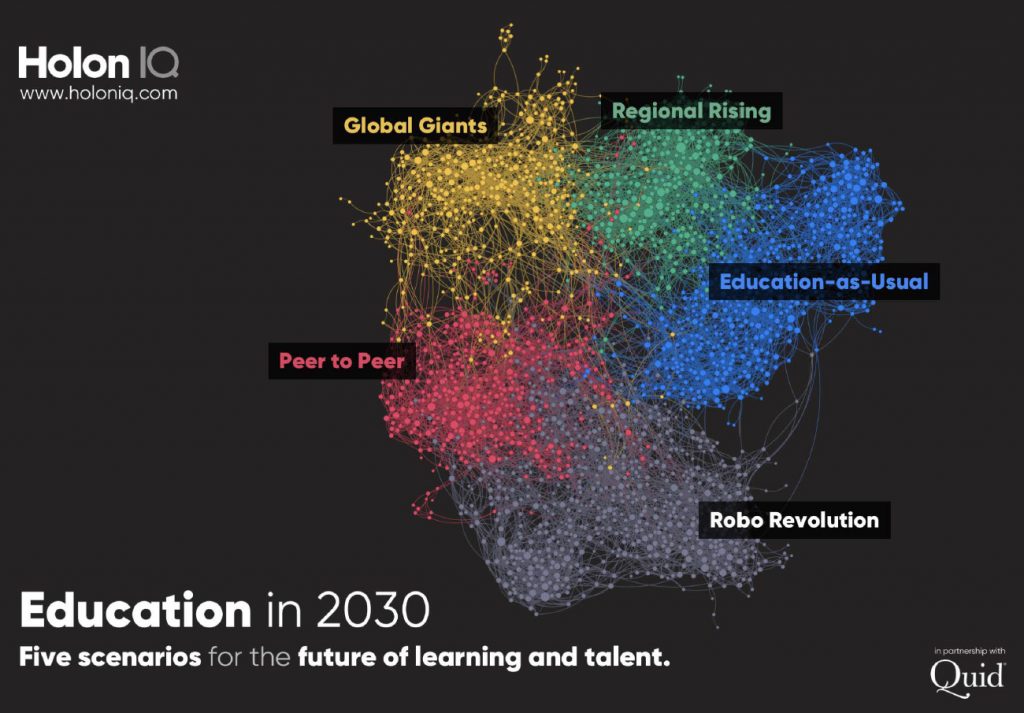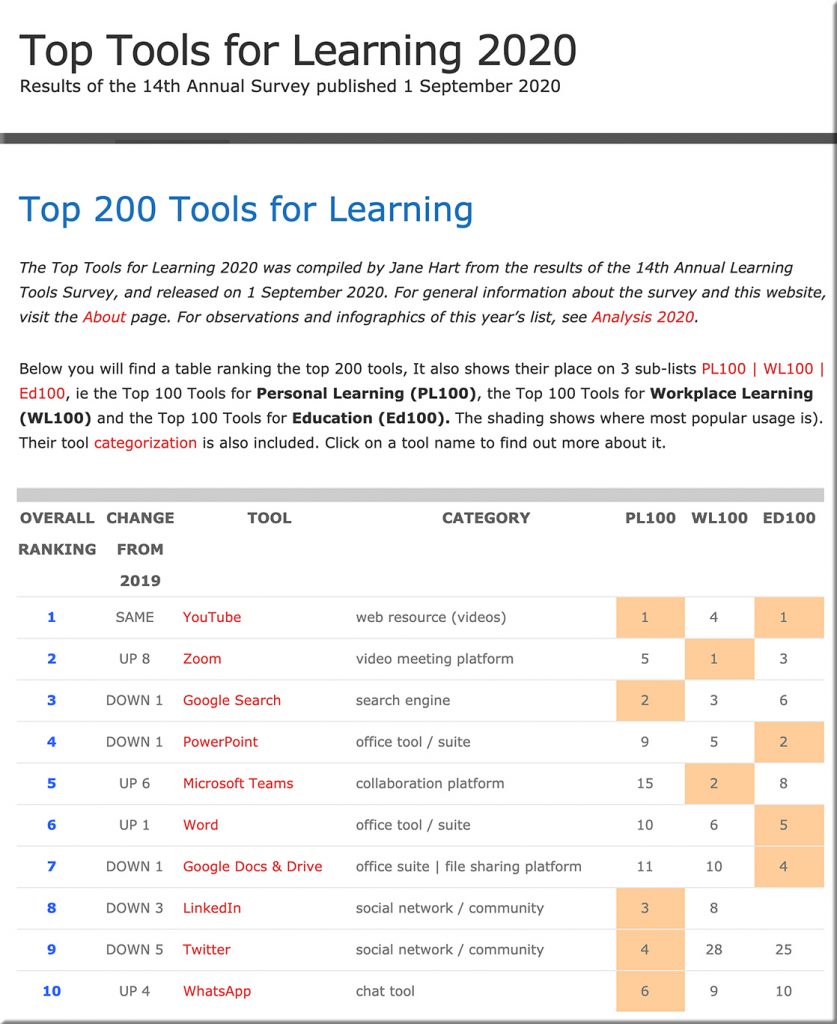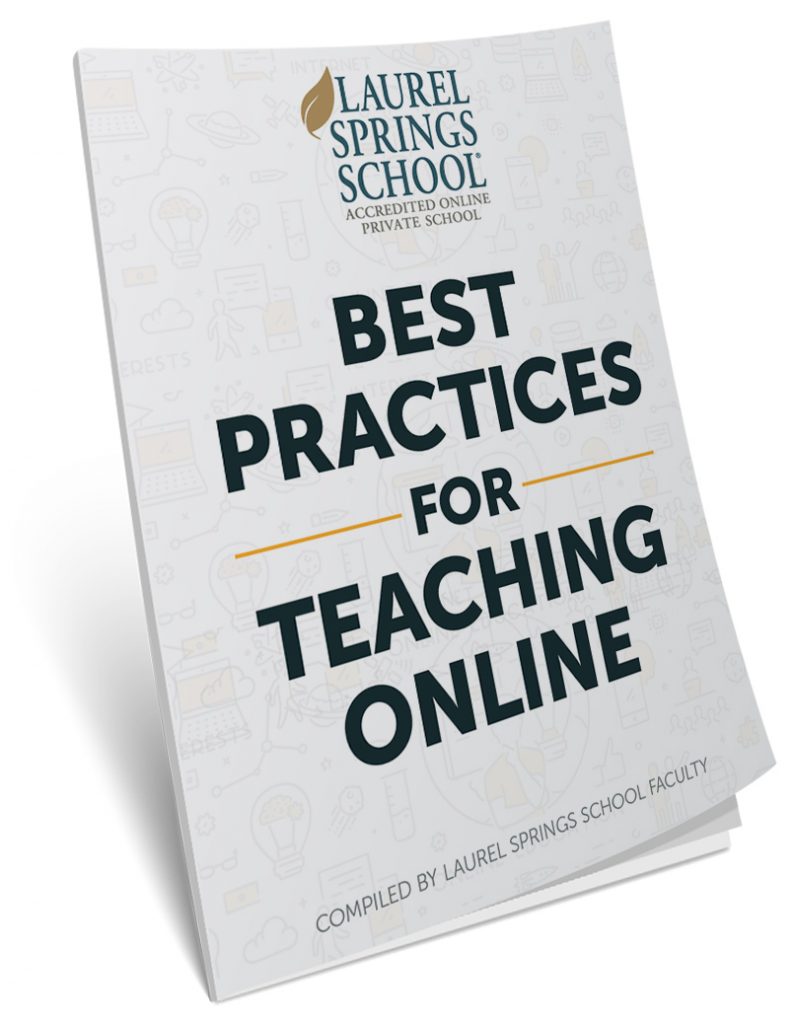
[K12] Best Practices for Teaching Online — from Laurel Springs School; with thanks to The Journal for their article on this entitled, “While Schools Go Online, Here’s How Teachers Can Turn Uncertainty Into Opportunity” by Megan O’Reilly Palevich
Excerpt:
As I was reflecting on the magnitude of what is happening in K-12 education, I wanted to figure out a way to help the teaching community. It dawned on me that Laurel Springs has just over 150 teachers and almost 30 years of distance learning experience as a school. So, I asked our expert teaching faculty—what are your best practices for teaching online? I was overwhelmed by the responses and goodwill from my team. I am excited to share with you a guide to help with working remotely, communicating with students and families, and the best tips and resources for lower, middle, and upper school.
I hope that you find this information useful and share it with your colleagues. Feel free to pass it on and share—we are all in this together. As a parent, teacher, and leader, I appreciate you and all of the wonderfully creative things you are doing to do what you do best: TEACHING.
Please feel free to contact me for any additional support!
Warmest regards,

PDF file here.
